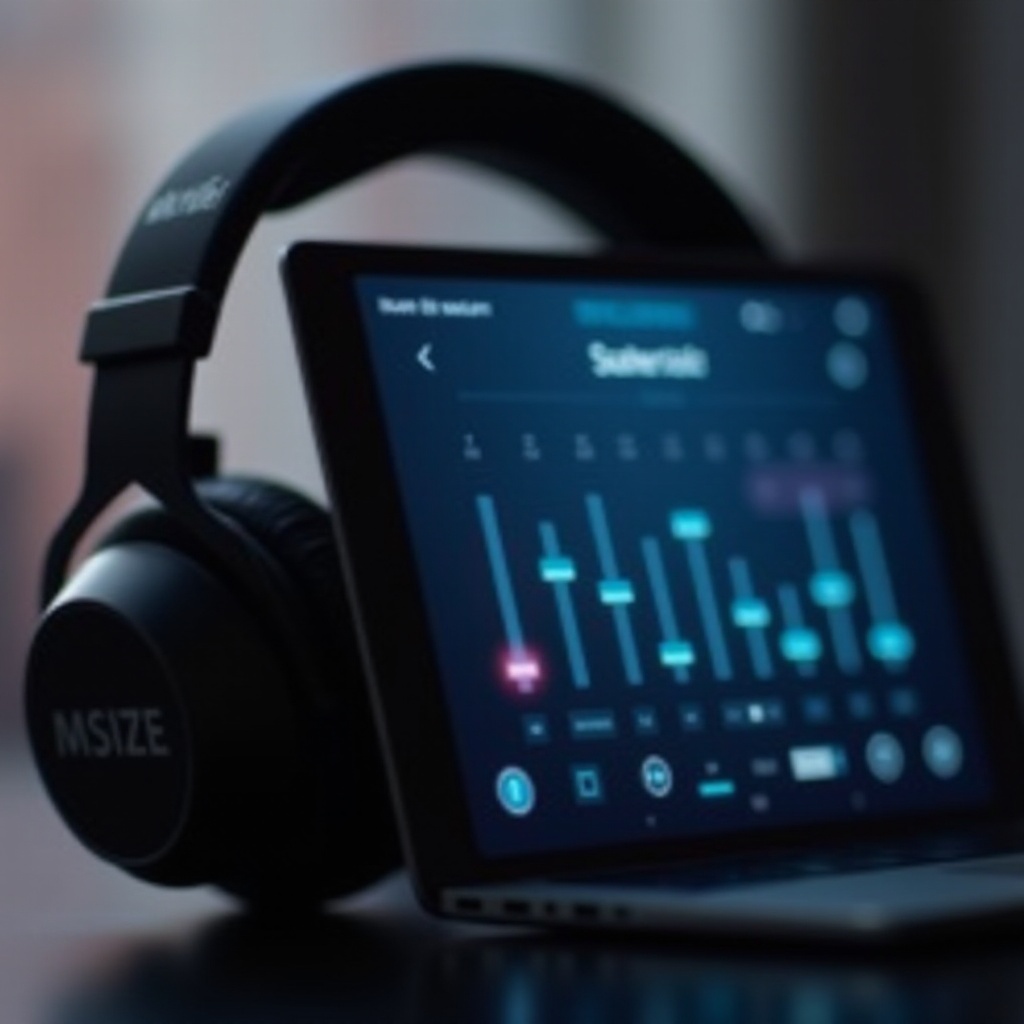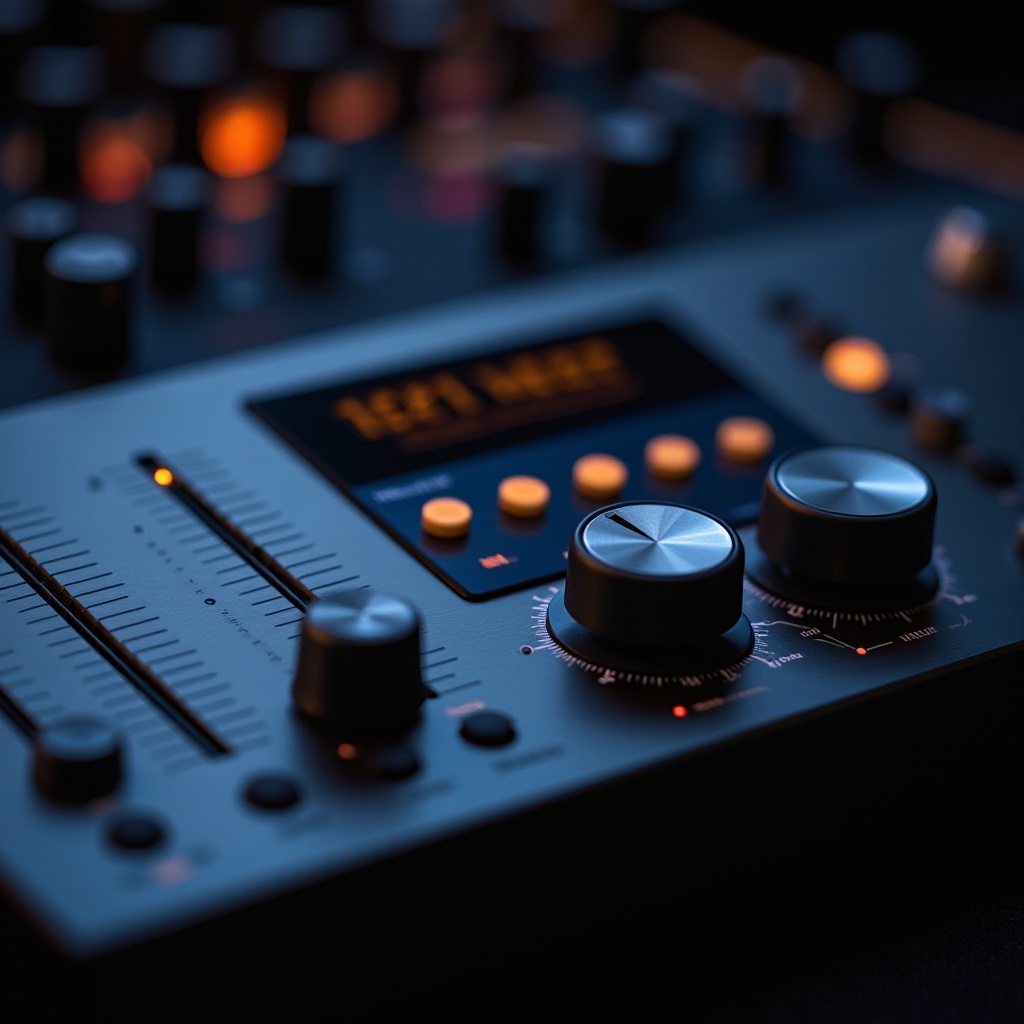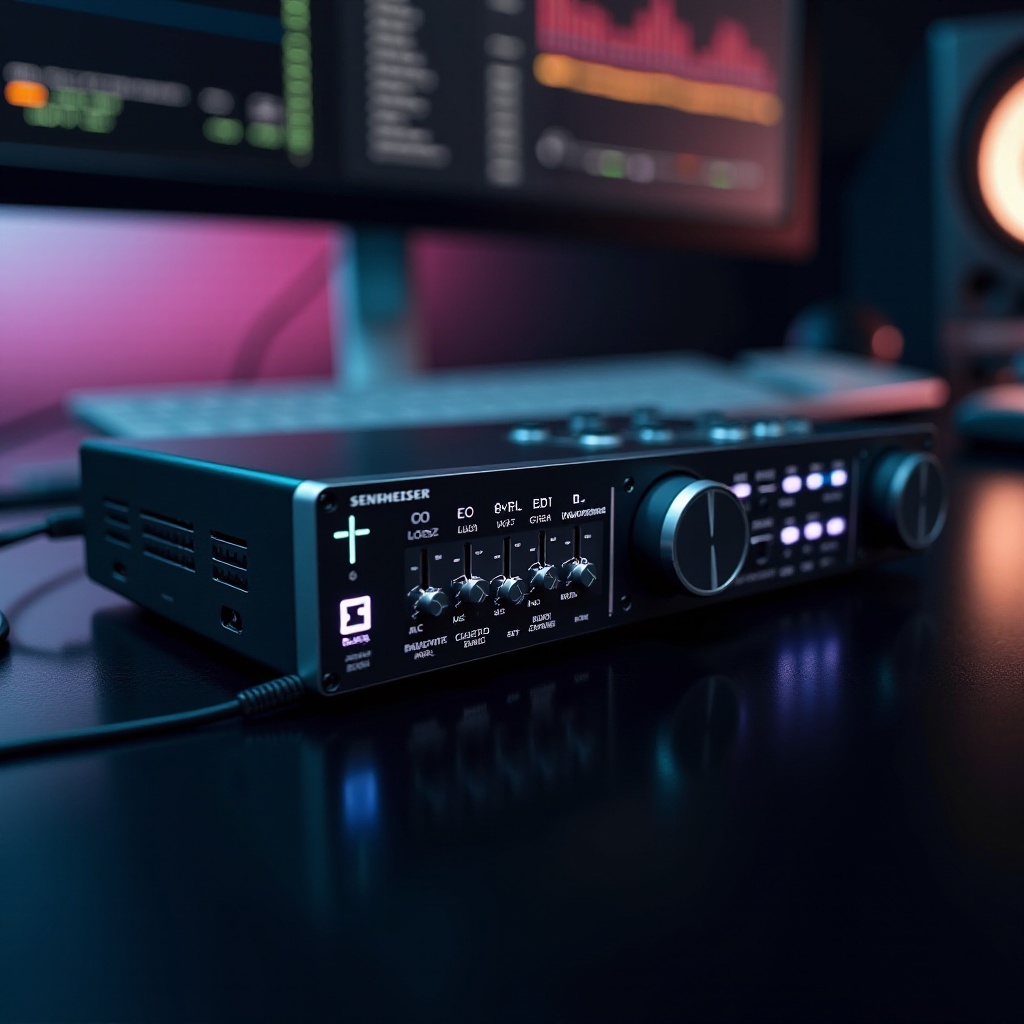Introduction
Achieving the perfect audio setup has always been the aspiration of audiophiles and casual listeners alike. A pivotal element in this pursuit is mastering your headphone’s equalizer settings, which significantly affect the quality and clarity of sound. Among various brands, Sennheiser stands out due to its commitment to delivering premium audio experiences. Whether you own the Momentum, HD series, or any other Sennheiser model, understanding the best equalizer settings can elevate your listening experience to a whole new level.
In this guide, we will delve into the essentials of equalizer settings, explore why Sennheiser is a preferred brand for many, and provide you with specific EQ configurations tailored for different music genres and personal preferences. By the end of this blog, you’ll not only know how to enhance your Sennheiser headphones’ performance but also have the confidence to tweak these settings according to your unique taste.

Understanding Equalizer Basics
To tailor sound to your liking, it’s crucial to grasp the basics of equalizers. An equalizer (EQ) is a tool used to adjust the balance between frequency components. Typically, EQs are divided into various frequency bands. The most common include:
- Bass (20-250 Hz): This range covers the deepest sounds like bass guitars and kick drums.
- Midrange (250 Hz – 4 kHz): This is where the majority of instruments and vocals dwell.
- Treble (4 kHz – 20 kHz): These are the higher frequencies that sharpen and highlight sounds like cymbals.
Each frequency band plays a significant role in shaping the overall sound. By adjusting them, you can either boost or reduce specific frequencies to achieve the desired audio effect. Avoiding distortions and maintaining a balanced sound is the key here, especially when dealing with detailed Sennheiser headphones known for their precision and clarity.
Transitioning from understanding equalizer basics, the next step is appreciating why Sennheiser remains a top choice for enhancing audio through these settings.

Why Choose Sennheiser?
Sennheiser has long been a favorite among audio enthusiasts for its high-fidelity sound and robust build quality. Whether it’s the immersive experience of the HD 650 or the noise-cancelling prowess of the Momentum series, Sennheiser offers an incredible variety of headphones that cater to diverse audio preferences. Their headphones deliver a natural sound, making them an excellent canvas for using equalizer settings effectively.
The brand’s dedication to quality ensures that their headphones can handle delicate equalizer adjustments without losing audio fidelity. This resilience allows users to experiment with different settings, confident in the knowledge that their headphones will respond accurately to every nuance of sound tuning.
With this understanding, we can now delve into practical applications by configuring your Sennheiser headphones for optimal settings across various music genres.
Setting Up Sennheiser Equalizer for Different Genres
Now, let’s dive into the specifics of configuring your Sennheiser headphones for various music genres:
-
Classical Music: For classical, aim for a flat EQ setting to preserve the music’s natural dynamics. Ensure that no frequency is overtly accentuated. You might want to slightly boost the midrange to accentuate strings and vocals.
-
Rock and Metal: To capture the energy and aggression of these genres, boost the low and high frequencies. This brings out the punch of the bass and the crispness of guitars and cymbals. Meanwhile, keep the midrange slightly elevated to prevent vocals from drowning.
-
Hip-Hop and Pop: These genres can benefit from an enhanced bass response. Turn up the lower frequencies to bring depth to the basslines and beats. Balance this out with a boosted high frequency to maintain clarity and detail in vocals and electronic elements.
By fine-tuning your EQ settings for each genre, you can significantly improve your listening experience. However, experimentation is key, as personal taste plays a substantial role in determining what sounds best to you.
Beyond genre-specific settings, personalizing your sound experience according to different environmental and content conditions further enhances listening.

Personalizing Your Sound Experience
Transitioning from genre-specific settings, you can further refine your audio by customizing the EQ for different listening environments and content types. Personalization increases your listening pleasure, whether you are in a quiet room or a noisy commute.
-
Different Environments: At home, you might want a broad, full sound. However, on the go, a more focused sound that emphasizes mid and high frequencies can help cut through ambient noise.
-
Podcasts and Audiobooks: Clarity is critical here. Consider boosting the midrange for enhanced vocal clarity, making speech easily intelligible.
Sennheiser headphones are designed to cater to personalized settings effectively, so don’t hesitate to tweak the EQ to match your preferences and optimize performance across varied scenarios.
Troubleshooting is the next logical step as adjustments may sometimes lead to issues that need addressing.
Common Troubleshooting Tips
While configuring your equalizer settings, you might encounter several issues. Here’s how to tackle them:
-
Sound Imbalances: If your sound feels uneven, revisit your EQ settings. Ensure no band is excessively boosted, which might cause distortion or muffle.
-
Over-Equalization: Avoid extreme adjustments. Remember, subtle changes can significantly impact sound without introducing unwanted artifacts.
Whenever you find your audio not meeting expectations, retrace your steps with a specific focus on these troubleshooting insights.
If you’ve mastered these foundations, it’s time to explore advanced techniques and tools that could refine your sound experience even more.
Advanced Techniques and Tools
For those looking to go beyond basic EQ adjustments, exploring advanced tools and techniques can further enhance your sound quality:
-
Using Frequency Analyzers: These tools help visualize the frequency spectrum of your audio content, providing insights into which frequencies might need adjustment.
-
Creating and Saving Custom Presets: Many modern devices and apps allow you to save EQ settings as presets for quick access. This is especially useful if you frequently switch between different types of content or environments.
These tools enable a more nuanced approach to sound customization, ensuring you get the most out of your Sennheiser headphones.
Conclusion
Mastering the equalizer settings on your Sennheiser headphones can remarkably change your auditory experience. By understanding and applying the concepts outlined in this guide, you’re now equipped to shape your listening experience according to your tastes and needs in various contexts. Remember, audio perfection is a journey, and continuous experimentation will only enhance how you consume sound.
Frequently Asked Questions
What are the best equalizer settings for Sennheiser headphones?
The best EQ settings depend on personal preference and the specific music genre. For general use, start with a flat EQ and adjust bass, midrange, and treble incrementally.
Can I permanently change the EQ settings on my Sennheiser headphones?
Some Sennheiser models allow for permanent changes via companion apps or software. Otherwise, EQ settings are typically adjusted on the playback device.
How can I easily switch between different EQ presets?
Utilize apps that support EQ presets. Many music players and audio apps let you save and switch between presets with a click, enhancing convenience for different listening scenarios.
